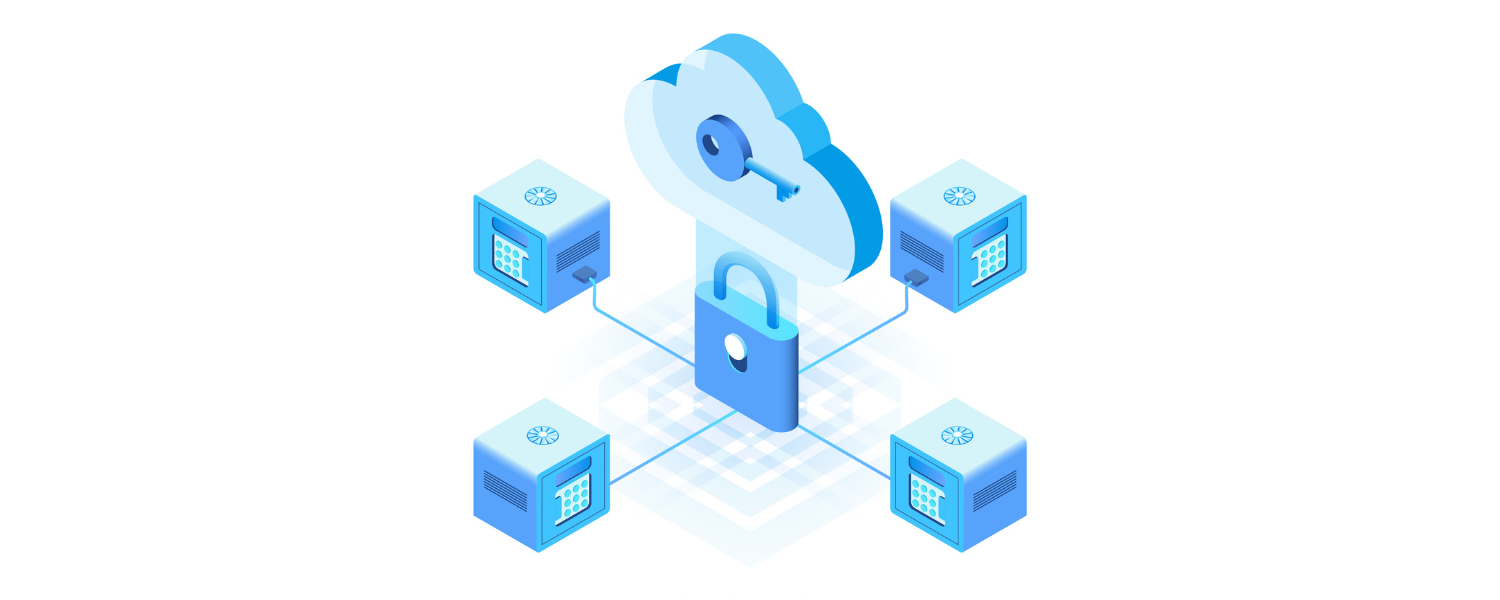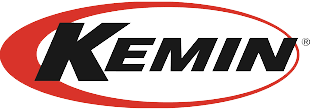Highly secure cloud, colocation, connectivity, and managed services that never weigh you down, accelerating your journey to hybrid and multi-cloud.

LightEdge has entered into an agreement to acquire Connectria, a provider of multi-cloud infrastructure and managed hosting solutions serving mission-critical workloads for more than 400 customers.

Sudden shifts in VMware licensing have many scrambling to understand the implications. We recognize the challenges this presents, and we’re here to provide the support and guidance you need to navigate them seamlessly.

Highly secure cloud, colocation, connectivity, and managed services that never weigh you down, accelerating your journey to hybrid and multi-cloud.

Get the best possible ROI out of your IT investments with greater efficiencies and improved operations.


Launch your journey to hybrid and multi-cloud faster, without compromising security.


Get the best possible ROI out of your IT investments with greater efficiencies and improved operations.


Launch your journey to hybrid and multi-cloud faster, without compromising security.


Protect your infrastructure and rest easy with 100% guaranteed uptime.
With an industry standard of 45, our clients are very likely to recommend LightEdge to peers.

Services

Services
“The stability and flexibility that we have achieved by moving to LightEdge has freed capital and resources allowing us to stay ahead of technology changes, patient needs and our competition.”

Services

Services

Services

Services
“As a buyer of services, I’m pretty good at assessing a technical person’s skill sets early on in a conversation. LightEdge’s technical experts clearly floated to the top. Their creative minds stood out above the rest.”

Services

Services